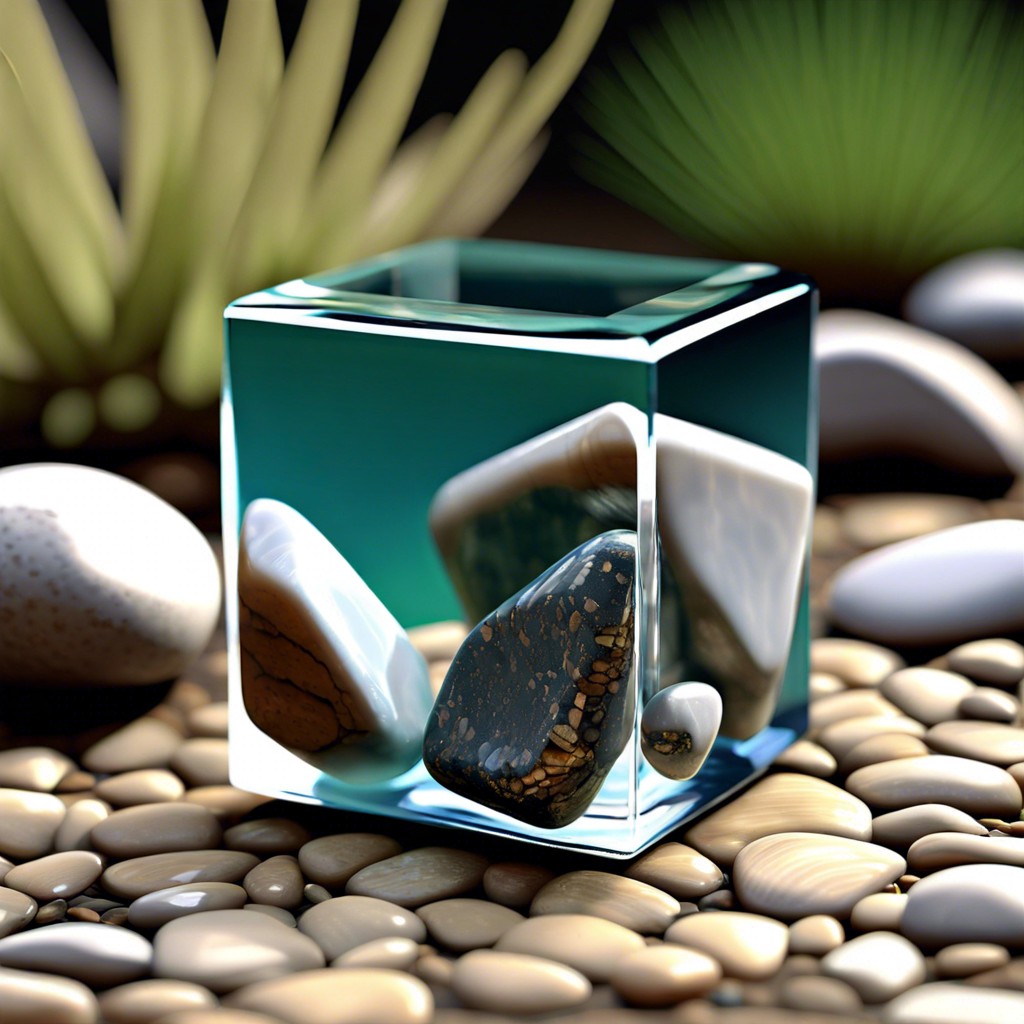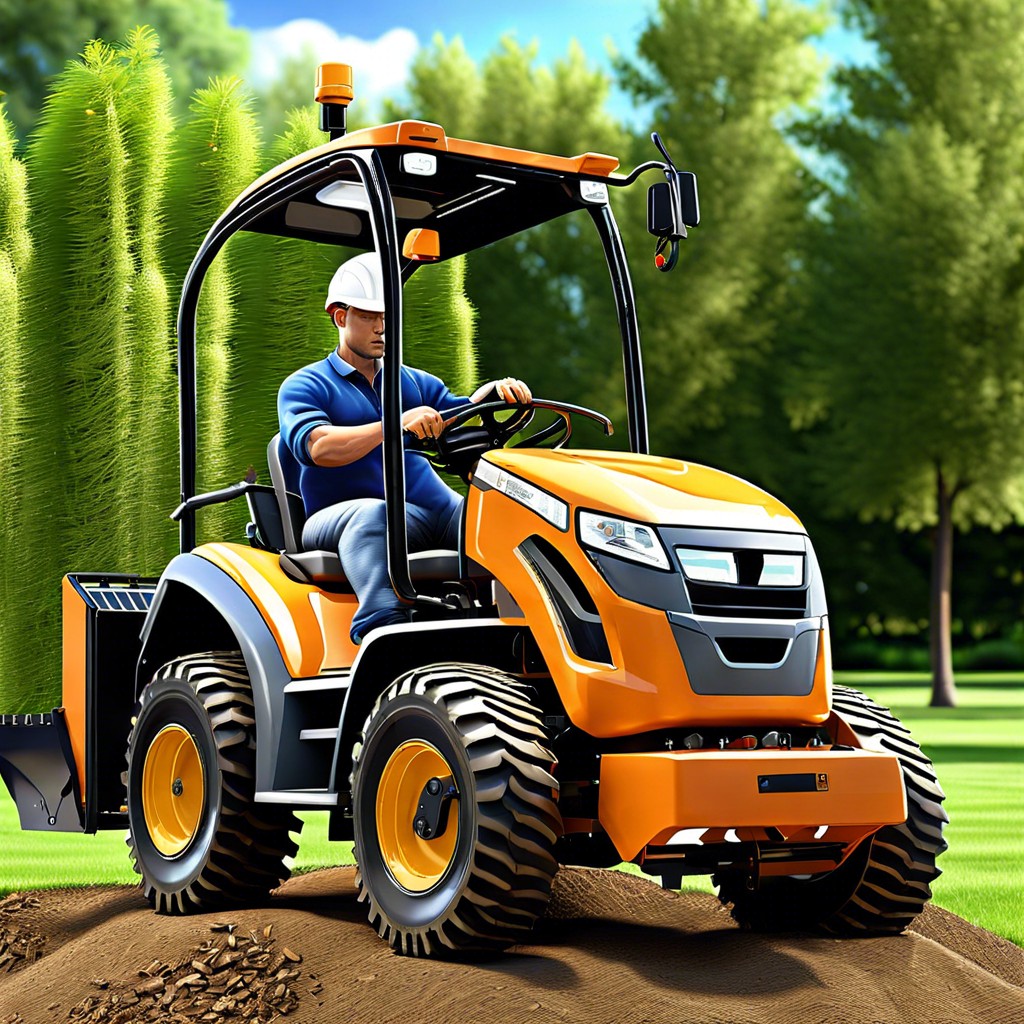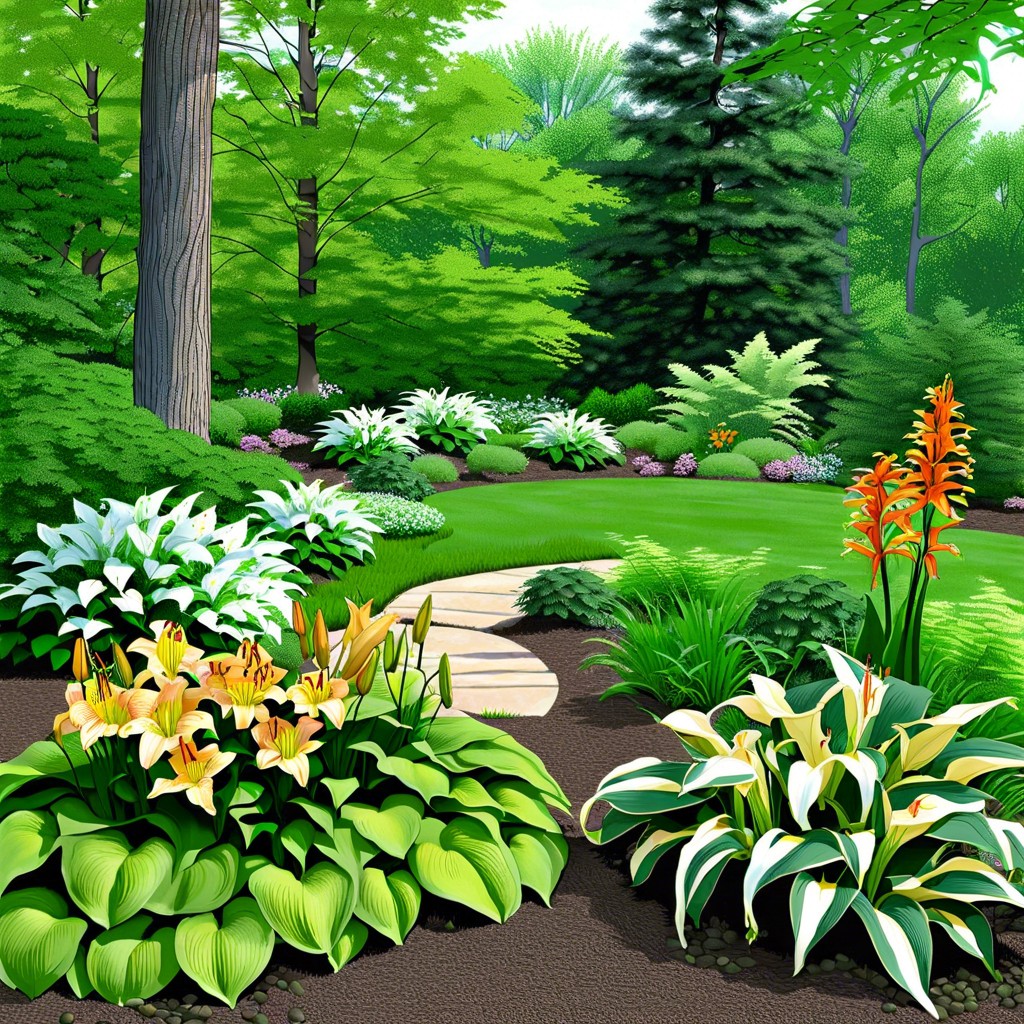Some landscaping ideas for a contemporary garden include using modern materials such as metal, concrete, and stone; incorporating geometric shapes into the design; creating bold color contrasts with plants; and incorporating water features like fountains or ponds.
If you are looking for ways to spruce up your garden with a contemporary twist, then you have come to the right place. Contemporary landscaping is all about combining modern design elements with traditional gardens and plants.
From bold colors and shapes to unique pathways and seating areas, there are plenty of ideas to explore when it comes to creating a contemporary garden. In this blog post, we will provide some tips and tricks on how to bring your dream garden into reality.
Read on for some inspiring landscaping ideas for a contemporary garden!
Raised Beds
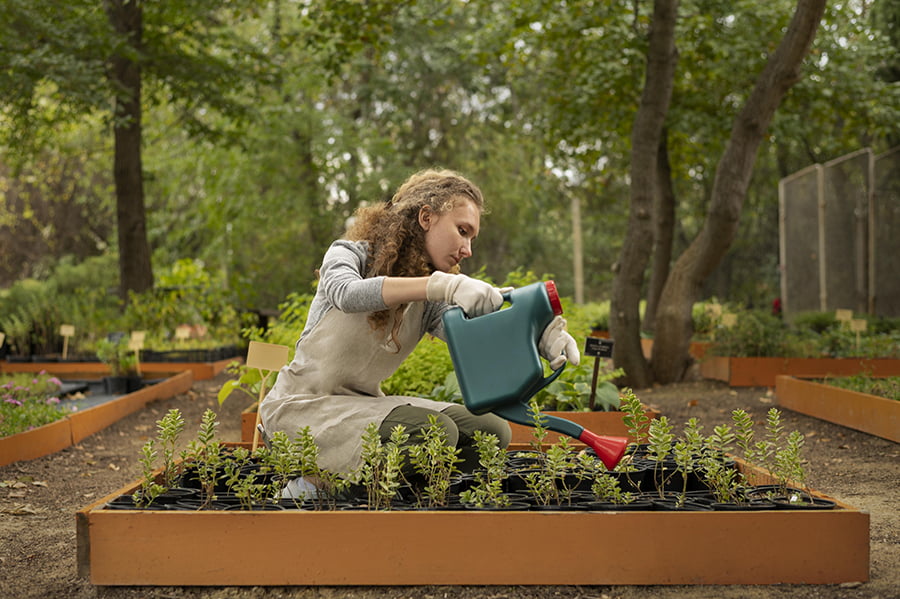
They provide an easy way to create a unique and attractive garden space without having to dig up the entire yard. Raised beds can be built from various materials, such as wood, stone, or even metal.
The height of the bed can also be adjusted depending on the desired look and feel of the garden. By raising the soil level above ground level, raised beds help improve drainage and reduce weeds while allowing for better control over soil composition and temperature.
They make it easier to access plants in order to tend them or harvest produce. Raised beds are also ideal for small spaces since they take up less room than traditional gardening methods while still providing plenty of growing area.
Container Gardening
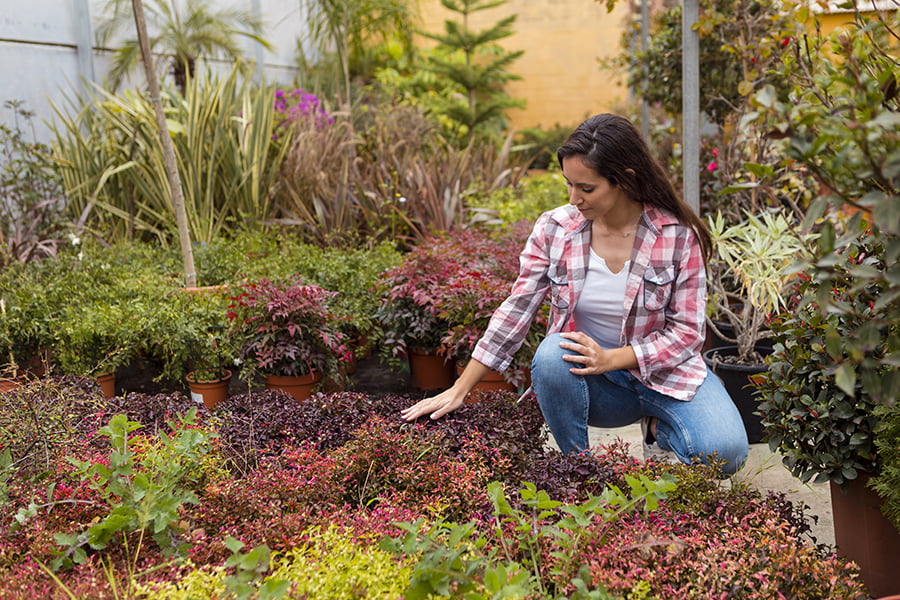
It involves using containers, such as pots, planters, window boxes, or hanging baskets, to grow plants in. Container gardening can be used for both flowers and vegetables and is an easy way to create a unique look in your garden.
With container gardening you can choose from a variety of sizes and shapes of containers that will fit the style of your garden. You can also mix different types of plants together for an interesting display or use one type of plant throughout the entire space for a more unified look.
You can move containers around easily if you want to change up the design or rearrange them seasonally for new looks throughout the year.
Vertical Gardens

They involve growing plants on walls, fences, or other vertical surfaces. This type of landscaping can be used to create an eye-catching feature in the garden, as well as providing additional space for plants that may not fit in the ground.
Vertical gardens can also help reduce noise pollution and provide privacy from neighbors. There are many different types of vertical gardens available, including living walls made up of potted plants or hanging baskets; trellises with climbing vines; and wall planters with succulents or herbs.
With careful planning and creative design ideas, you can create a unique vertical garden that will bring life to your outdoor space!
Water Features
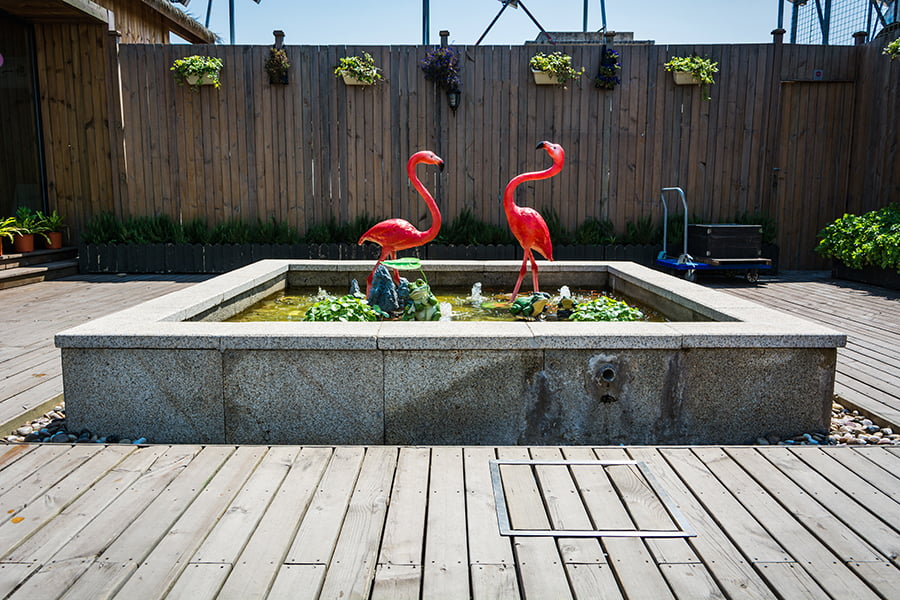
They can range from small, simple fountains or bubbling rocks to larger ponds with waterfalls. Water features provide a calming atmosphere and can be used as focal points in the landscape.
They also attract birds and other wildlife, adding an extra layer of beauty to your garden. When choosing a water feature for your contemporary garden, consider the size of the space you have available as well as the overall look you want to achieve.
You may opt for something more subtle like a fountain or bubbling rock, or go all out with a pond complete with fish and aquatic plants. Whatever type of water feature you choose, it will bring life and movement into your outdoor space!
Outdoor Lighting
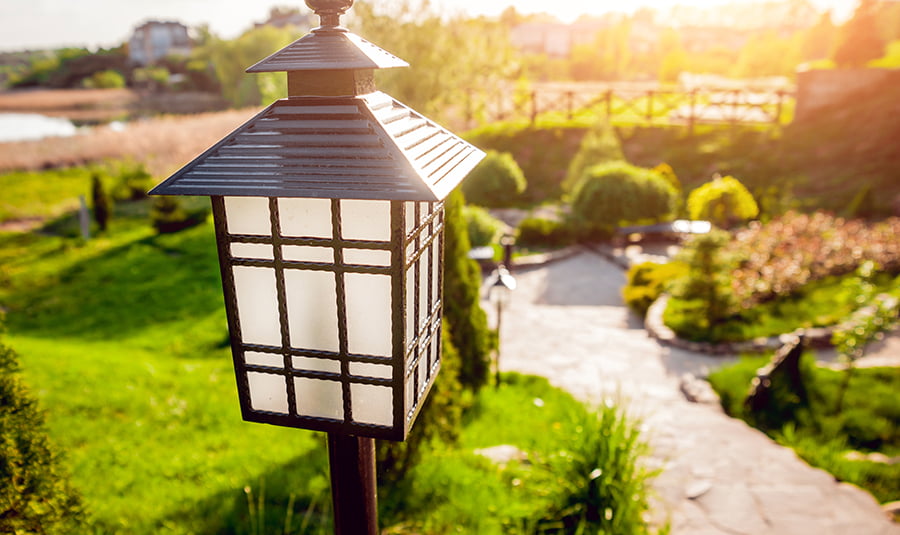
It can be used to create a dramatic effect, highlight certain features, and provide illumination for outdoor activities. There are many different types of outdoor lighting available, such as spotlights, floodlights, path lights, and wall-mounted fixtures.
Spotlights can be used to draw attention to specific areas or objects in the garden while floodlights provide general illumination over a larger area. Path lights are great for providing light along pathways or walkways while wall-mounted fixtures can add a decorative touch to walls or fences.
When choosing outdoor lighting for your contemporary garden landscape design it is important to consider the type of light you want (warm white vs cool white), the wattage needed for adequate brightness levels, and any safety concerns that may arise from having electrical wiring outdoors.
Hardscaping Elements Such As Pathways and Retaining Walls
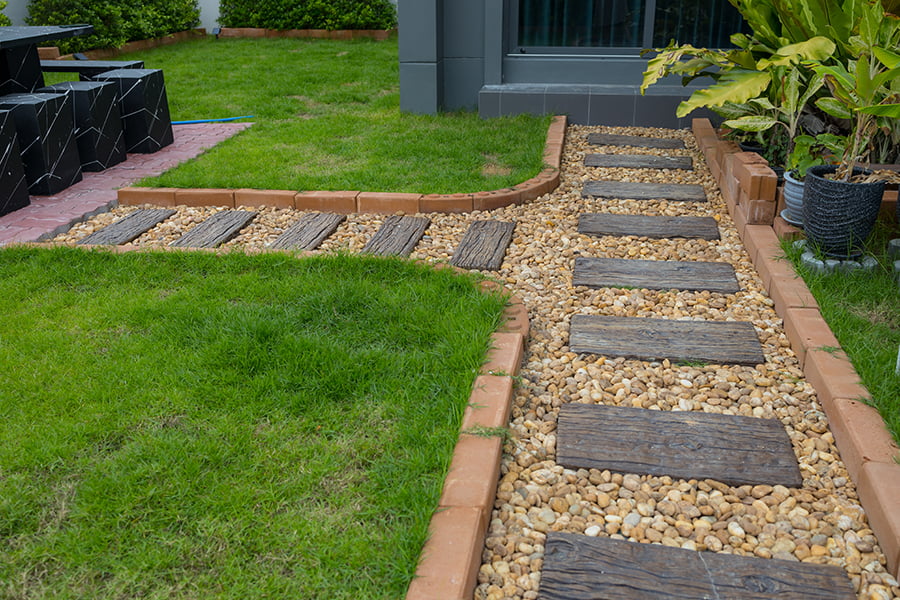
These elements include pathways, retaining walls, and other structures that can be used to create a unique look and feel for the garden. Pathways provide a way for people to move through the garden without damaging plants or disrupting the natural flow of the landscape.
Retaining walls help to define different areas within the garden while also providing support for soil and plants on sloped terrain. Both pathways and retaining walls can be made from a variety of materials such as stone, brick, wood, or concrete depending on your desired aesthetic.
These hardscaping elements can be used in combination with other landscaping features such as water features or outdoor lighting to create an even more modern look in your contemporary garden.
Native Plants and Trees
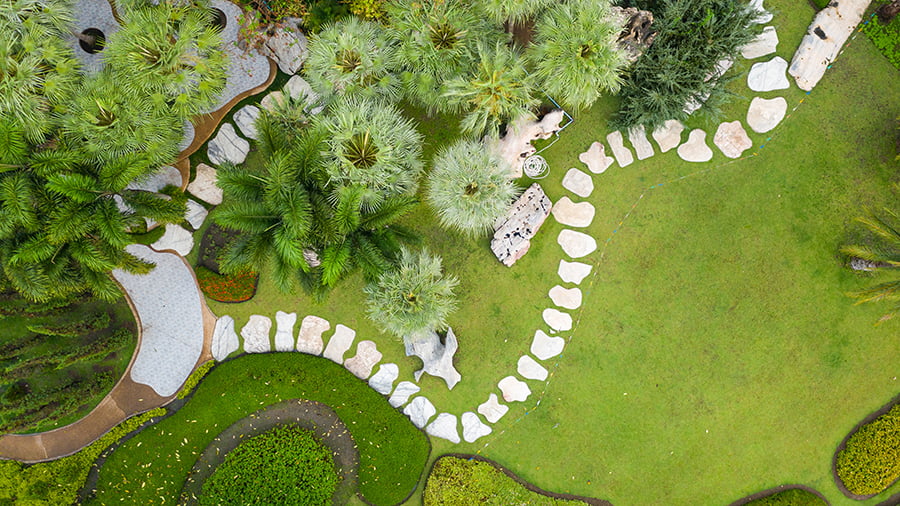
These plants and trees have adapted to the local climate, making them hardy and low-maintenance. They also provide a unique look that can be tailored to fit any style of garden.
Native plants can provide color, texture, and structure to a modern landscape design while still being easy to care for. Native species often attract beneficial wildlife such as birds or butterflies which can add life and movement to the garden space.
Using native species helps support local ecosystems by providing food sources for animals in their natural habitat.
Ornamental Grasses and Shrubs
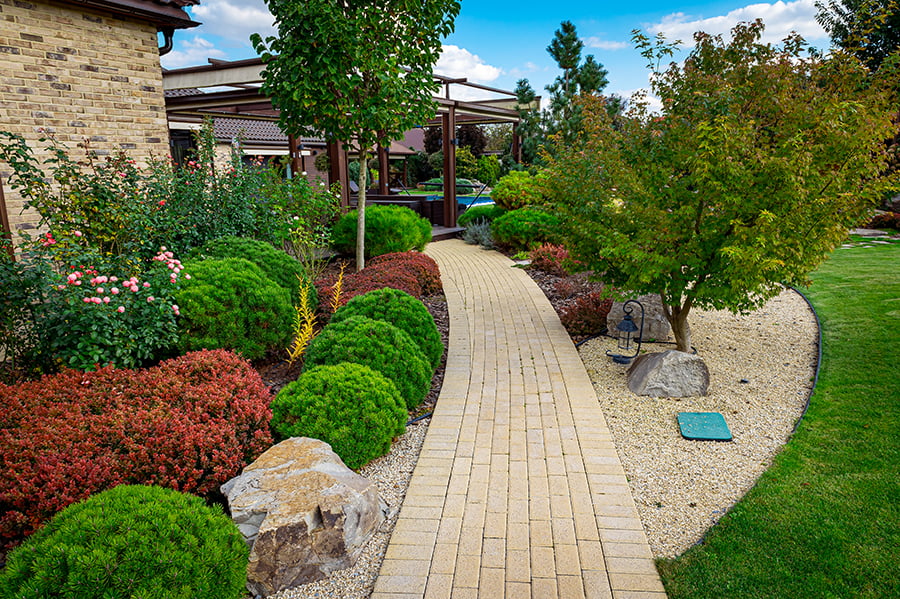
Grasses come in a variety of shapes, sizes, and colors that can be used to create an eye-catching display. They also provide movement when the wind blows through them.
Shrubs are another great option for adding structure and height to your garden design. They can be planted in clusters or as individual specimens depending on the desired effect.
Both ornamental grasses and shrubs require minimal maintenance once established, making them ideal for busy homeowners who don’t have time for extensive gardening tasks.
Drought-tolerant Plants and Flowers
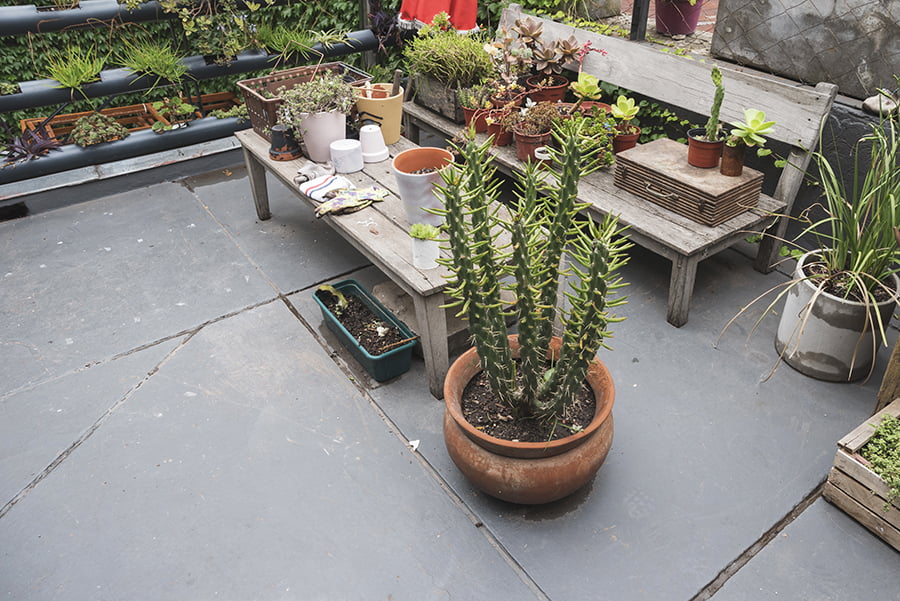
These plants and flowers require less water than other varieties, making them ideal for areas with limited access to water or where water conservation is a priority. Drought-tolerant plants and flowers can also help reduce the need for frequent watering, saving time and money in the long run.
These types of plants are often hardy and resilient, meaning they can withstand extreme temperatures or weather conditions without suffering damage. When selecting drought-tolerant plants and flowers for your garden, consider their color palette as well as their size; some may be too large or too small to fit into your desired design.
Make sure you research the specific needs of each plant before planting it in order to ensure its success in your garden!
